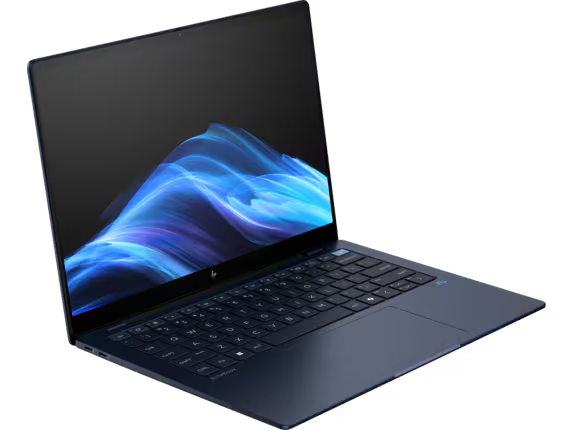Along with the release of Windows 11 24H2 for Copilot+ and Insider Release Preview devices, Microsoft is starting to present a feature they call “Energy Saver” which aims to save electricity and battery life on laptops, even on computer devices without batteries.
Also Read: New Features in Windows 11 24H2
So, for those who don't know, this is the first Energy Saver introduced Microsoft via Windows 11 Insider Canary Build 26002 which was released almost 8 months ago where according to Microsoft, the function of Energy Saver itself is to increase battery life at the expense of some system performance, so activating this feature may result in your device not being in the most optimal condition.
Also Read: How to Get Windows 11 24H2 Right Now!
And in this article, let's find out more about what the Energy Saver feature is and the benefits we might get.
What is Energy Saver in Windows 11?
Energy Saver is a new power saving mode starting to be available in Windows 11 24H2. This feature will replace the previously existing “Battery Saver” mode. Of course, its function is to help extend the life of the device's battery and reduce energy use on computers without a battery.
According to Microsoft, this feature is based on the old “Battery Saver” and “Power mode”, which means that this new feature combines both modes to extend the life battery and reduce energy consumption at the expense of system performance.
So, by enabling this feature, Windows 11 will use powermode the best for efficiency and turning off certain features (such as Visual Effect Transparency, Animation) and background services. And because it aims to save power, Energy Saver will also reduce screen brightness because screen brightness usually uses the most energy.
Also Read: Reasons Why You Shouldn't Install Windows 11 24H2 – For Now!
Meanwhile, for devices without batteries, for example PCs, AIO PCs and the like, Energy Saver functions to reduce excess power usage by limiting performance, screen brightness and so on so that the power used by the device is taken to a minimum.
How to Activate Energy Saver
In Windows 11, you can go to the Settings > System > Power & battery > Energy Saver page.

For devices with batteries (for example laptops), on this page we can set the automatic activation of Energy Saver, just like how Battery Saver works. Apart from that, we can also set manual activation of Energy Saver and the option to lower it screen brightness when Energy Saver is active.
Meanwhile, for PC devices, the option that appears will only be available “Always use energy savers”.
Can be activated from Quick Settings
Whether the device has a battery or not, now Energy saver can be activated quickly via the Quick Settings menu in Windows 11.

Now, once activated, the battery icon in Quick Settings will display a leaf icon as in the image below.

Meanwhile, for devices without a battery, the icon that will appear is just a leaf icon (without battery).
How is it different from Battery Saver?
In general, there may be a slight difference, because Energy Saver can be said to save the same battery as Battery Saver does, but Energy Saver can perhaps be said to be more universal and available for devices connected to a power source.
The goal is of course to ensure that the power released by the device is not too large, starting by limiting the background, reducing CPU performance and so on, so that electrical power consumption will not be excessive, so what is the effect? For laptops, the battery life may be a little longer, but for PCs the power consumption will not be too large.
So, those are some things you might need to know about Energy saver in Windows 11. Hopefully this is useful. What else will we discuss later?
Source link











